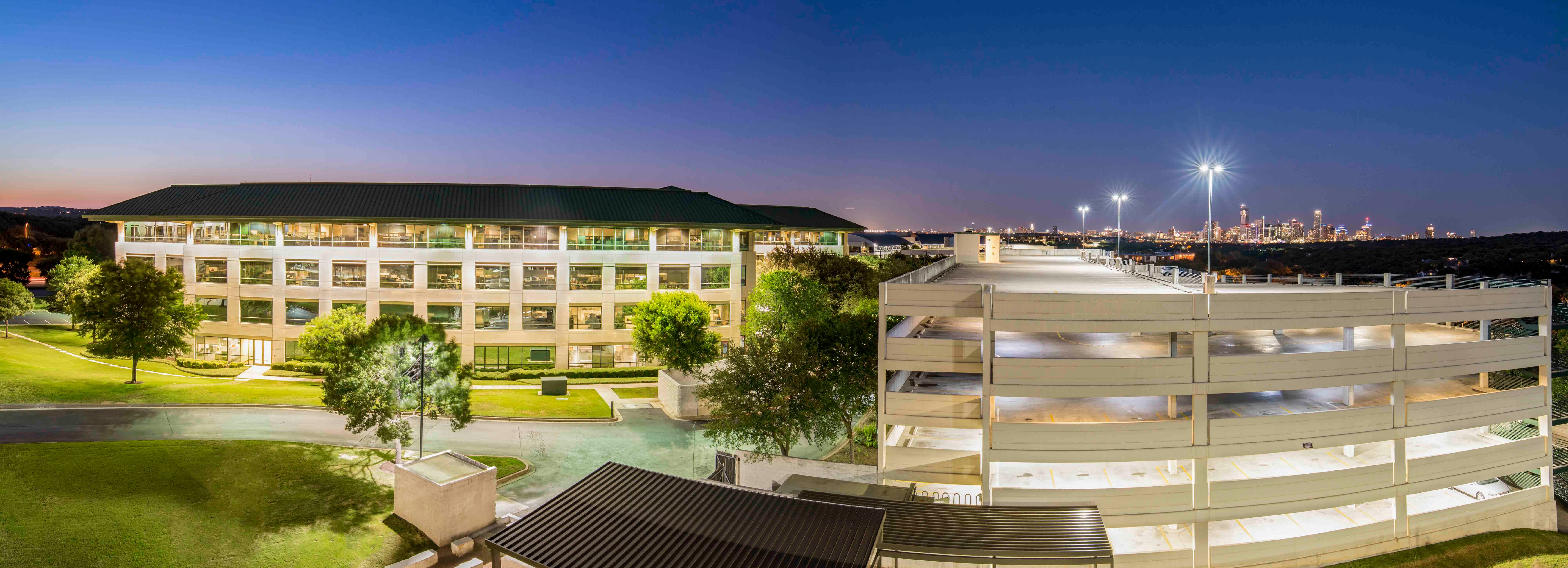"For the last couple of months I would say it's been slowing gradually," Randy Beaman of the DuPont Group, tells GlobeSt.com, adding that the slowdown has been coming for the past year. "It's kind of an odd market."
Sellers, or would-be sellers, aren't ready to meet the prices of buyers hoping to pick up some cheap real estate even as occupancy rates decline and the amount of vacant sublease space show signs of decreasing. Building owners are sitting on properties still bringing in rent, but buyers see future rents sliding.
"The buyers and sellers aren't able to get together on pricing," says Helen Jobes of Golden Eagle Investments. "Sellers haven't adjusted their sights and buyers just aren't willing to buy on the forecast of flat or decreasing rental rates."
Many building owners who could probably find a buyer aren't willing to sell because they don't have to dispose of the property. "Most of the real estate is still in the hands of well-funded institutional type investors who, unlike the late 1980s, early 1990s, can withstand some vacancy, some problems," Beaman says. "Because of that we have not seen a wholesale, across-the-board lowering of prices, which you think you might. Prices have kind of held firm."
Jobes agrees. "Right now I really couldn't say there's anybody with a bigger property of $10 million and up," she says. "I don't see anybody out there that's saying we got to sell no matter what."
Few properties have come on the market recently with the exception of the 164,733-sf First USA building, 10908 Stonelake Blvd., in the northwest submarket. First USA, a part of Chicago-based Bank One Corp., is closing the building, which it used as a call center. Tom Kelly, a Bank One spokesman, said some employees will leave in October and the rest in early 2002, rendering the building vacant. Mark McAllister of the Austin office of CB Richard Ellis is marketing the structure.
Another factor keeping building owners on the sidelines is what to do next. When Beaman's called owners to see if they want to sell, they ask him, "'What am I going to do with the money,'" he says. "They say, 'I want to stay in this market, but what am I going to exchange into that will provide me with the same return?'"
What's next? The answer to that question, hard to answer under any circumstance, became even tougher with the Sept. 11 terrorist attacks.
Beaman says that just a couple of months ago it was widely thought that, with a bounce in the stock market, occupancy rates would rise in mid-to late-2002, new buildings would start to fill in 2003. "We'd really be clicking like we were two or three years ago," he forecast. Now, he says, " Of course, everyone's re-examining with what's happened in the last couple of weeks."
It is a different market, Jobes says. "I was in business in the '80s, but that was a completely different market," she recalls. "There was just far too much space. We couldn't even think about being back in a normal market in two years back then. Where, now, this is an opportunity for some buyers in the next couple of years.
© Touchpoint Markets, All Rights Reserved. Request academic re-use from www.copyright.com. All other uses, submit a request to [email protected]. For more inforrmation visit Asset & Logo Licensing.






